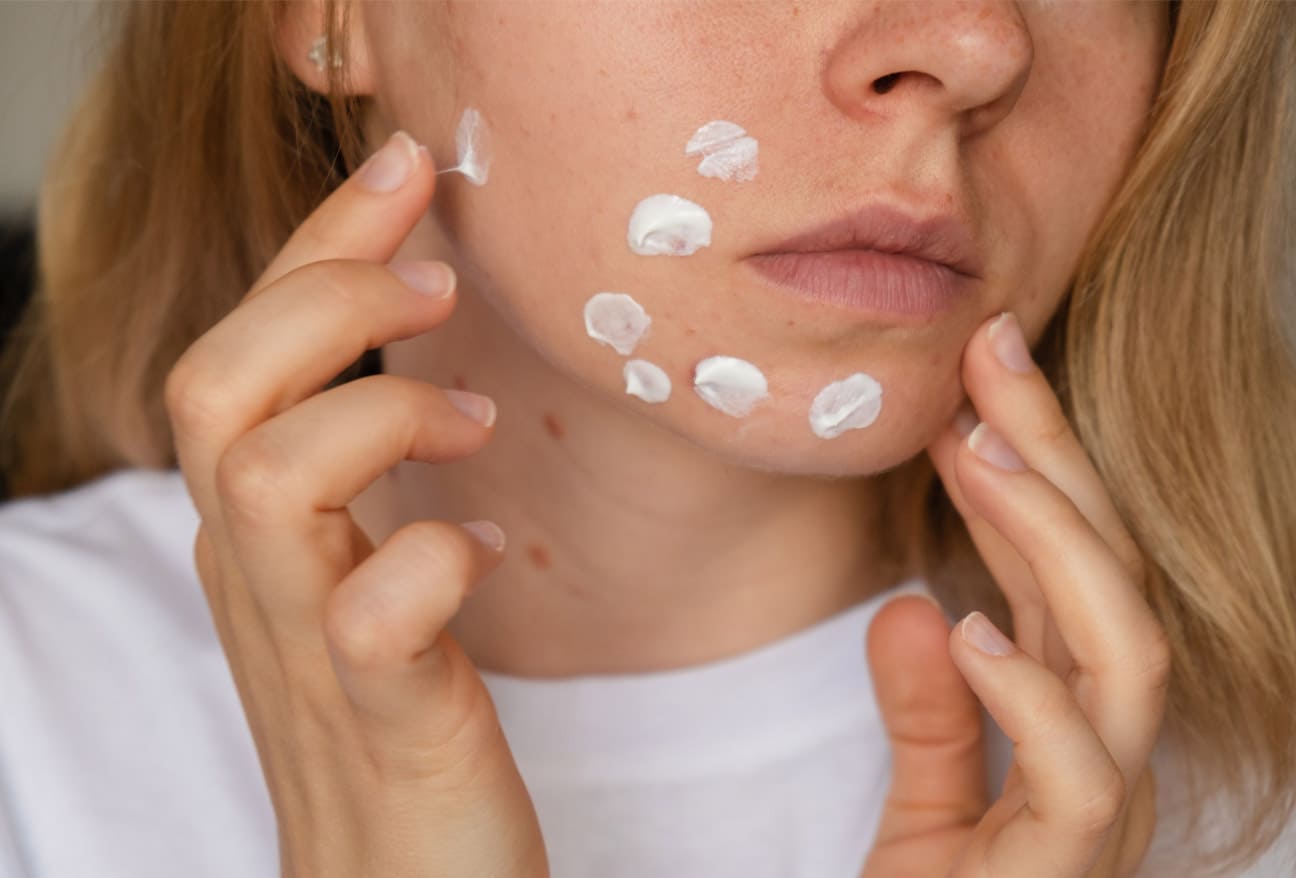-
 mederma@winmedicare.com
mederma@winmedicare.com
- No.1 Dermatologist Recommended Scar Brand
-
 Login
Login

When it comes to post-acne skin issues, it’s crucial to understand the acne marks and acne scars difference. Acne marks, or post-inflammatory hyperpigmentation, are temporary discolourations left behind after a pimple heals. These marks appear as red, brown, or dark spots on the skin and typically fade over time with proper skincare and treatments.
In contrast, acne scars are permanent changes in skin texture resulting from severe acne. These can manifest as depressions (atrophic scars) or raised areas (hypertrophic or keloid scars) and often require more intensive treatments to improve their appearance.
Curious about the best ways to treat these skin concerns? This comprehensive guide on acne marks vs acne scars will help you understand the differences and explore effective treatment options for each. Read on to learn more and achieve clearer, smoother skin.
What are Acne Marks?
Acne marks, often referred to as post-inflammatory hyperpigmentation (PIH) or post-inflammatory erythema (PIE), are temporary discolourations that appear on the skin after an acne lesion heals. These marks are a natural part of the skin’s healing process and can affect anyone who experiences acne, regardless of their skin type or the severity of the condition.
Formation of Acne Marks:
When the skin undergoes inflammation due to acne, it can trigger an overproduction of melanin, leading to dark spots known as PIH. Alternatively, inflammation can damage the capillaries beneath the skin, resulting in red or purple marks known as PIE. Both types of marks are surface-level and do not involve changes in skin texture.
Types of Acne Marks:
These are flat, dark spots that can range from light brown to black. They are more common in individuals with darker skin tones due to higher melanin levels.
These marks appear as red or purple spots and are more common in individuals with lighter skin tones. PIE is caused by the dilation of blood vessels during the healing process.
Embracing your skin’s journey, including its imperfections, is key to maintaining a positive self-image. Remember, acne marks are a natural part of healing and can fade with time and proper care.
What are Acne Scars?
Acne scars are permanent changes in the skin’s texture that occur when severe acne causes significant damage to the skin’s deeper layers. Unlike acne marks, which are merely discolourations, acne scars involve structural changes in the skin. These scars form when the skin’s healing process is disrupted, either by loss or overproduction of tissue.
Formation of Acne Scars
When acne causes deep inflammation, it damages the skin and the tissue beneath it. As the body attempts to repair this damage, it can produce either too much or too little collagen. If too little collagen is produced, it results in atrophic scars, which appear as depressions in the skin. If too much collagen is produced, it leads to hypertrophic or keloid scars, which are raised above the skin’s surface.
Types of Acne Scars
Acne scars can affect anyone who has experienced severe acne, but it’s important to remember that they are a testament to your skin’s ability to heal.
Acne Scars vs Acne Marks: Understanding the Differences
While acne marks vs acne scars are both remnants of past breakouts, they have distinct characteristics that set them apart. Understanding the difference between acne scars and acne marks is key to finding the right treatment approach.
Here are some key differences between acne scars and acne marks:
|
Feature |
Acne Marks |
Acne Scars |
|
Appearance |
Flat discolouration (red, brown, purple) |
Textural changes (depressed or raised) |
|
Permanence |
Temporary (fade over time) |
Permanent |
|
Cause |
Excess melanin after inflammation |
Damage to collagen due to deep inflammation |
Your Journey to Clearer Skin Starts Here
Dealing with acne marks vs acne scars can be challenging, but you don’t have to face it alone. Mederma offers a range of products specifically designed to improve the appearance of both acne marks and scars. Our advanced formulas are clinically proven to help reduce discolouration, smooth uneven skin texture, and promote healthy skin healing.
Whether you’re dealing with temporary discolouration or more permanent scars, Mederma can be an effective part of your skincare routine. Achieve clearer, smoother skin with Mederma and embrace your journey to a more confident you.